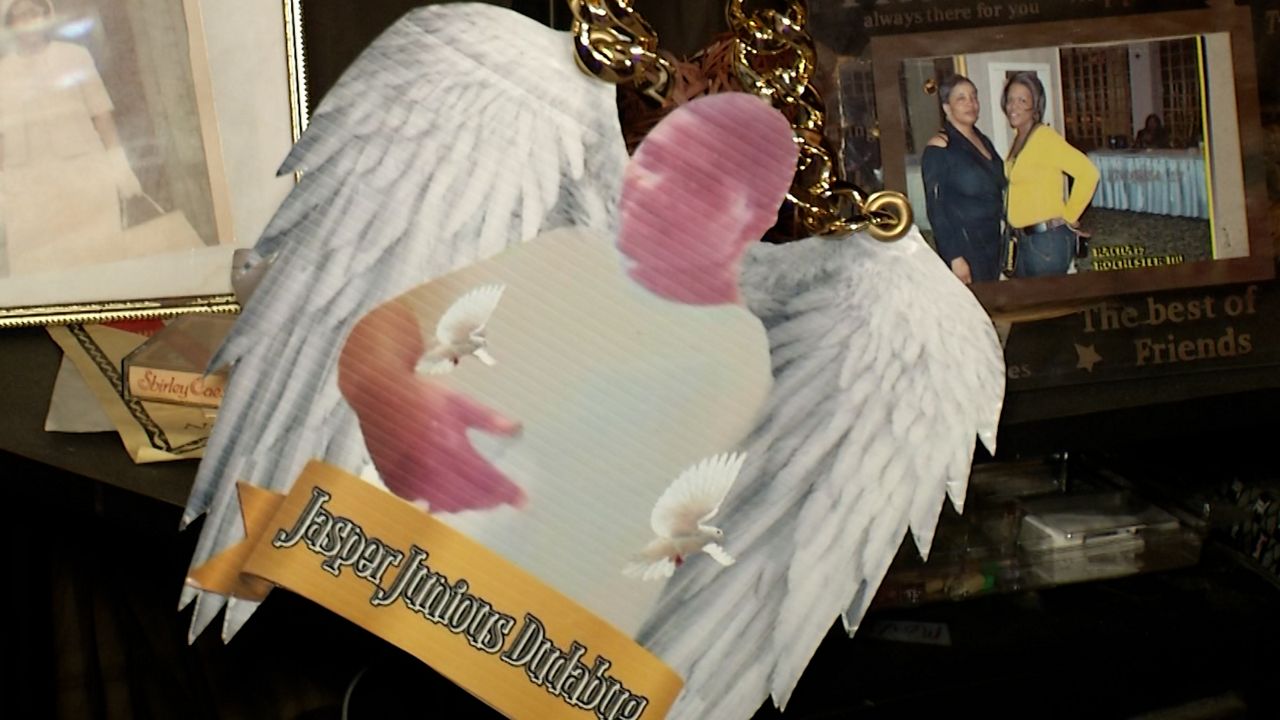ROCHESTER, N.Y. — University of Rochester Professor of Physics and Astronomy Dan Watson might not study the sun, but he does know a lot about it. He also knows a lot about the man who made a discovery that changed history.
"It was a new scientific frontier," said Watson. "It was a natural experiment done on an environment we could not yet create in a lab."
That experiment was conducted by William Harkness, part of the University of Rochester’s class of 1858. Harkness traveled to Des Moines, Iowa for the 1869 solar eclipse to study the sun. He took a series of photographs showing a bright halo around the sun, the corona.
"It was the first time people were using photography to record spectra, the fingerprints of atoms," said Watson.
The pictures are on display inside the University of Rochester.
Archivist Melissa Mead says Harkness left the collection to the university in his will.
"It's really one of our great collections," said Mead. "[It's] really spectacular in a town that has a history so bound in photography, these pictures of the eclipse."
The photos and Harkness’s discovery revealed that the sun’s corona is millions of degrees hotter than the sun. It changed the way people view the sun and the solar system.
Even though a discovery like Harkness’s won’t happen again, history will still be made with all eyes on the sky on April 8.









